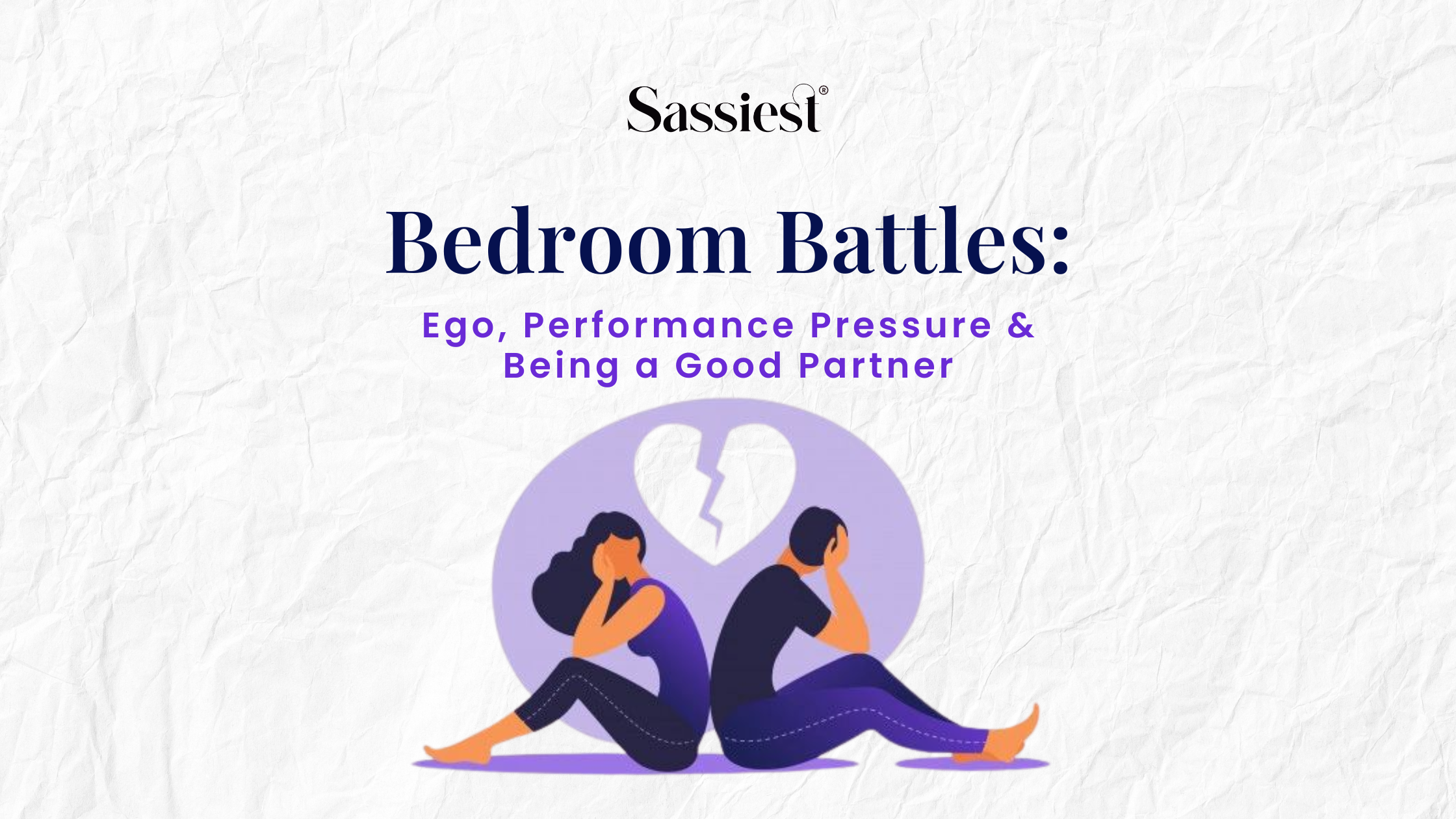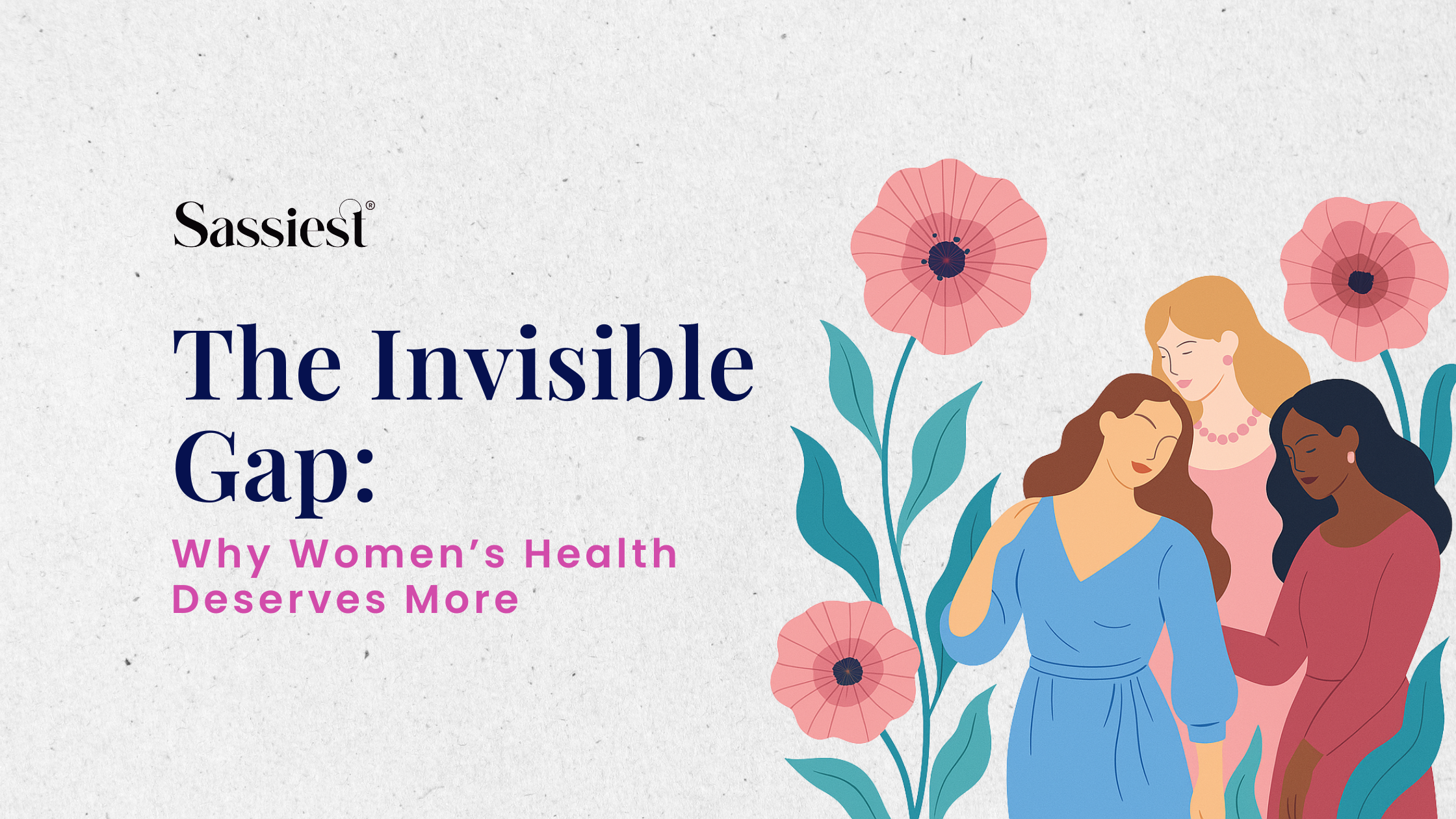Women have access to a range of contraceptives—but none are perfect, and many carry unwelcome side effects that impact mood, libido, gut health, and self‑confidence. From the Pill to copper IUDs, our options still leave a lot to be desired—and innovation has lagged thanks to gender bias, underfunding, and taboo. Yet researchers are developing non‑hormonal pills, biodegradable implants, AI‑driven wearables, and even microbiome‑based methods that could transform contraception into something safe, empowering, and pleasurable. Here’s why female contraception needs more innovation… and how we can make it happen.
Current Contraception Options
Hormonal Options
-
The Pill, hormonal IUDs, implants, injectables deliver > 99 % protection against pregnancy when used correctly—but about one in five users report mood swings, slight weight gain, and decreased libido as common complaints.
-
Many women experience headaches, tender breasts, or nausea in the first few months of use, which can lead some to discontinue despite high efficacy.
Non‑hormonal Options
-
Copper IUDs prevent pregnancy without hormones but often worsen cramps and cause heavier periods—especially in the first 3–6 months after insertion.
-
Diaphragms (87 % effective with spermicide) and sponges provide barrier protection, but need fitting, must be applied before sex, and can be awkward or shift out of place.
-
Condoms are vital to preventing STIs, but typical-use failure rates (~13 %) and interruption of intimacy are not ideal; they aren’t foolproof methods of contraception.
Emergency Contraception
-
Morning‑after pills work up to 72 hours post‑sex but carry side effects—nausea, fatigue, headaches, and spotting—that last a few days and aren’t meant for routine use.
Impacts on the Female Body
Hormonal contraceptives alter estrogen and progesterone, disrupting mood and libido in up to 15 % of users—and shifts in gut microbiota may mediate these emotional effects. Given these realities, it's no wonder doctors typically respond to complaints with "stress" or "expectable," leaving women feeling dismissed and under-treated. Long-term studies are hard to find: inflation-adjusted funding for women's health research fell from 9.7 % of NIH grants in 2013 to 7.9 % in 2023, and is hindering our understanding of lifelong effects.
Why the Innovation Gap Exists
Male contraception research has stalled after volunteer drop‑outs citing “unacceptable” side effects—mood swings, acne, even depression—ironically while women absorb similar risks with fewer options. Medical research still skews male: only 10.8 % of the NIH budget went to women‑specific studies in FY 2020, leaving sex‑based differences under‑explored. Cultural taboos around sex and menstrual health stifle demand for new solutions, keeping innovators—and consumers—quiet.
What the Future Could Look Like
-
Non‑hormonal pills (e.g., Phexxi‑style topicals or antibody films) aim to immobilize sperm without altering hormones.
-
Biodegradable implants dissolve after a preset window, removing the need for device removal visits.
-
Wearables + AI (Ava bracelet, Natural Cycles) quantify basal body temperature, heart rate, and other biomarkers, offering up to 98 % accuracy in pinpointing fertility windows.
-
Microbiome‑based methods that are in early clinical trials aim to take advantage of the vaginal flora to prevent sperm longevity and survival in a natural way.
Why We Need More Options
Women deserve contraception that recognizes their bodies and mental health; intimacy should feel empowering rather than medicalized or anxiety-provoking. Currently women pull the full weight of this responsibility, although side-effect profiles and convenience vary tremendously. More choices mean more control.
Conclusion
The need for innovation in female contraception is urgent and necessary. At Sassiest Healthcare we will support women towards better reproductive health. Let's create a future together where women can access safe, effective, and empowering contraceptive options. It's time to break out of the barriers and into a new era in female health!





